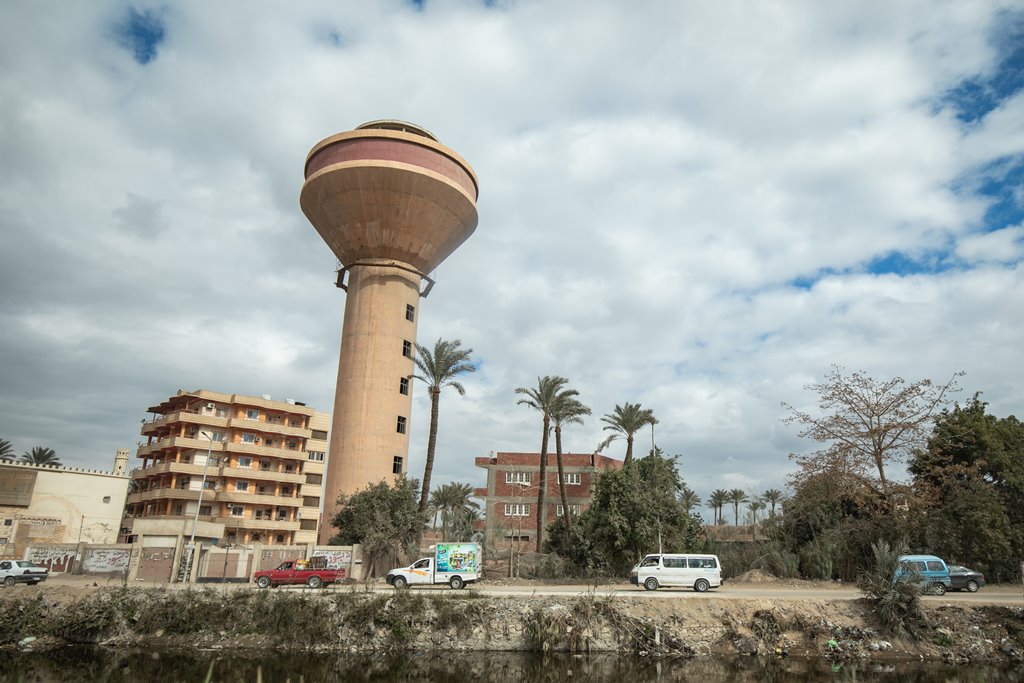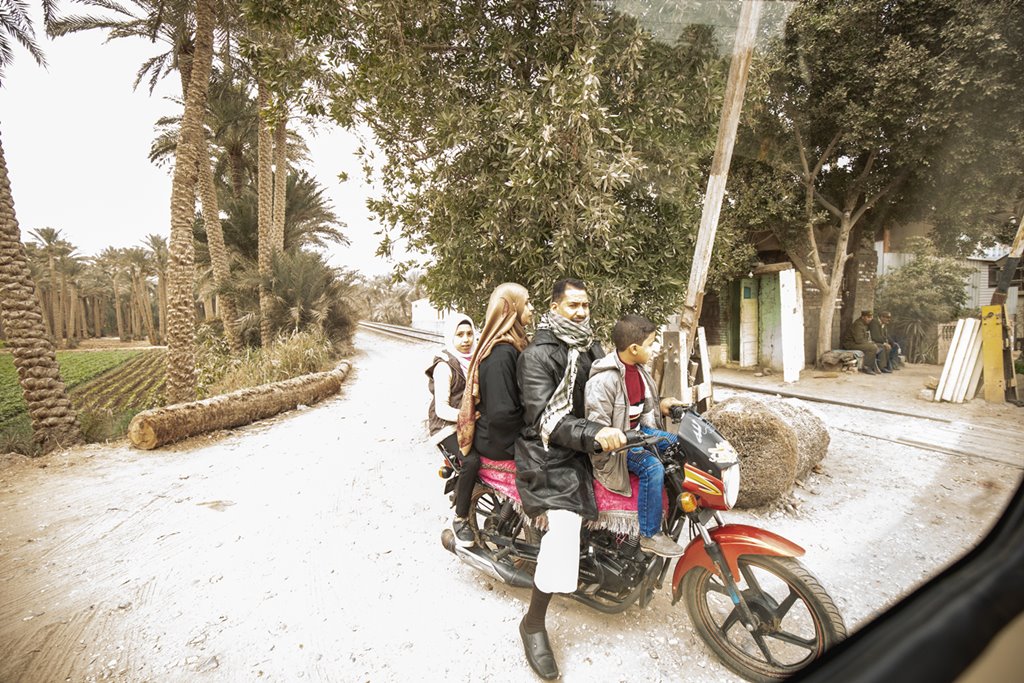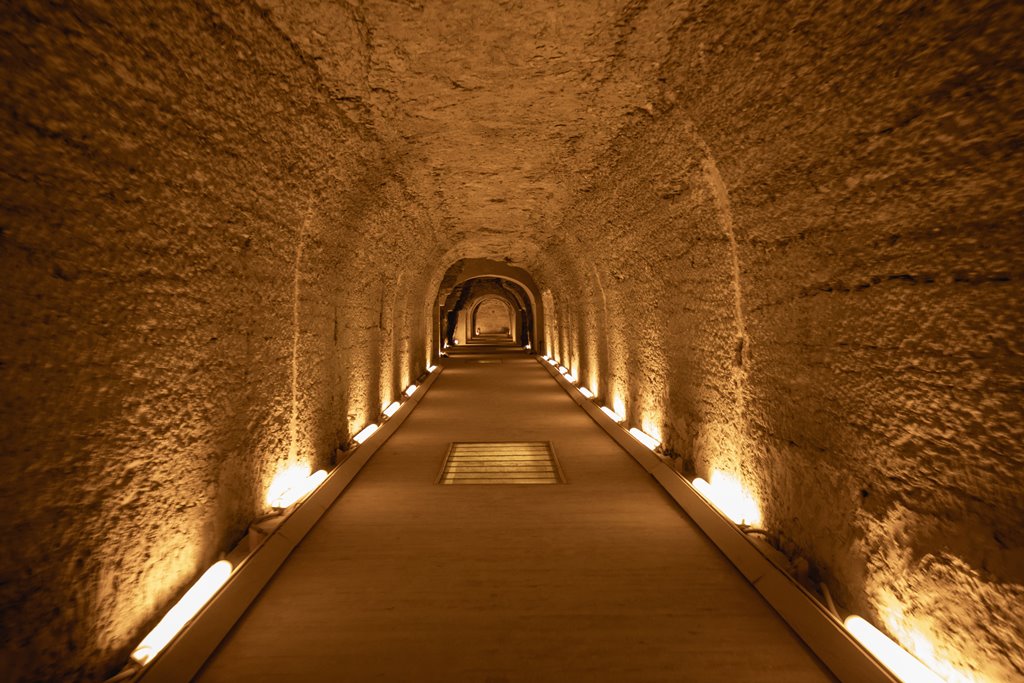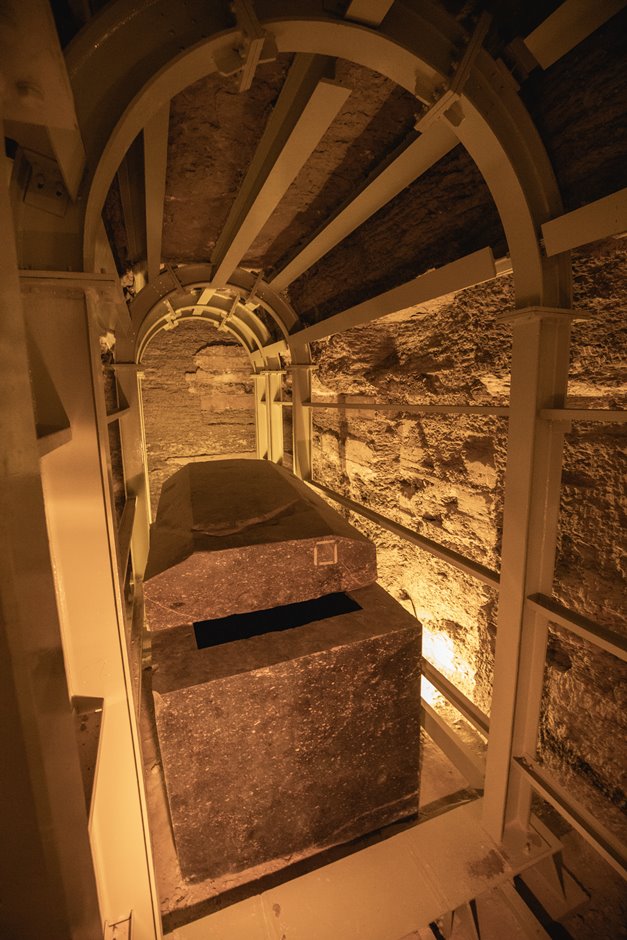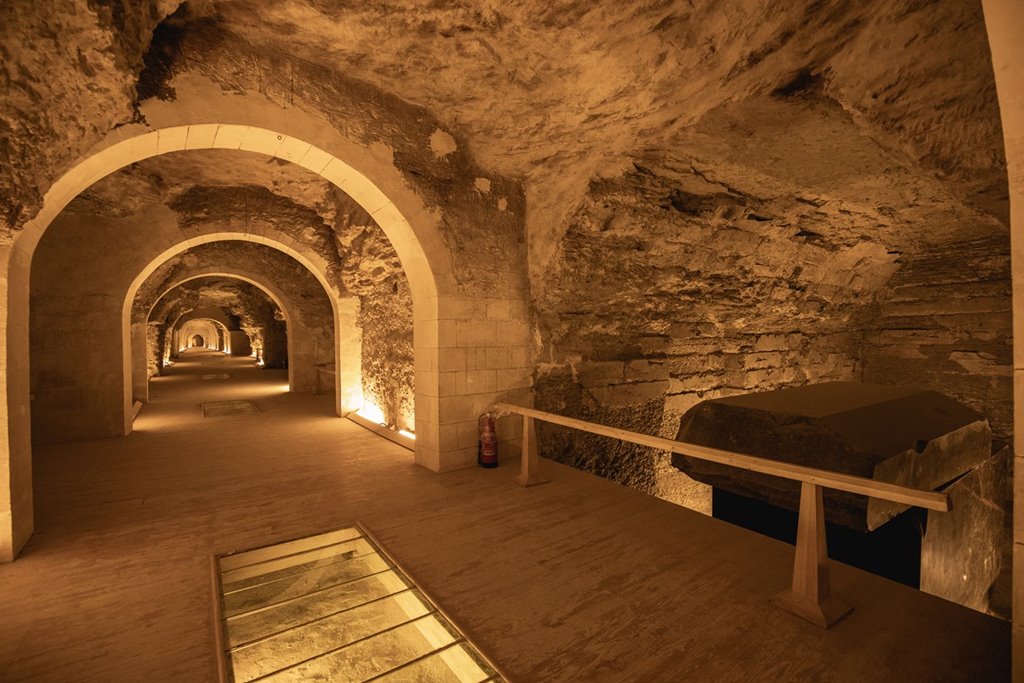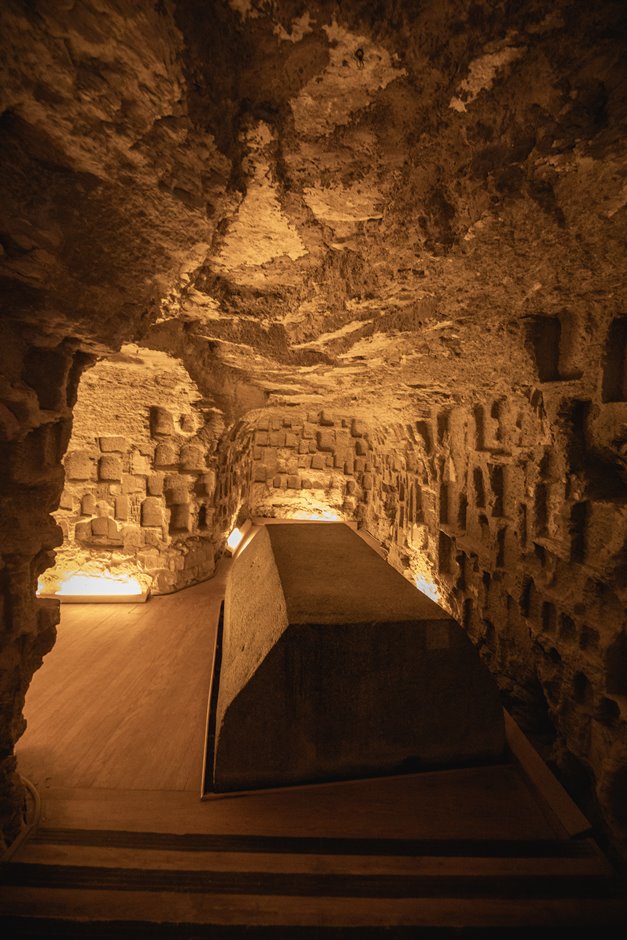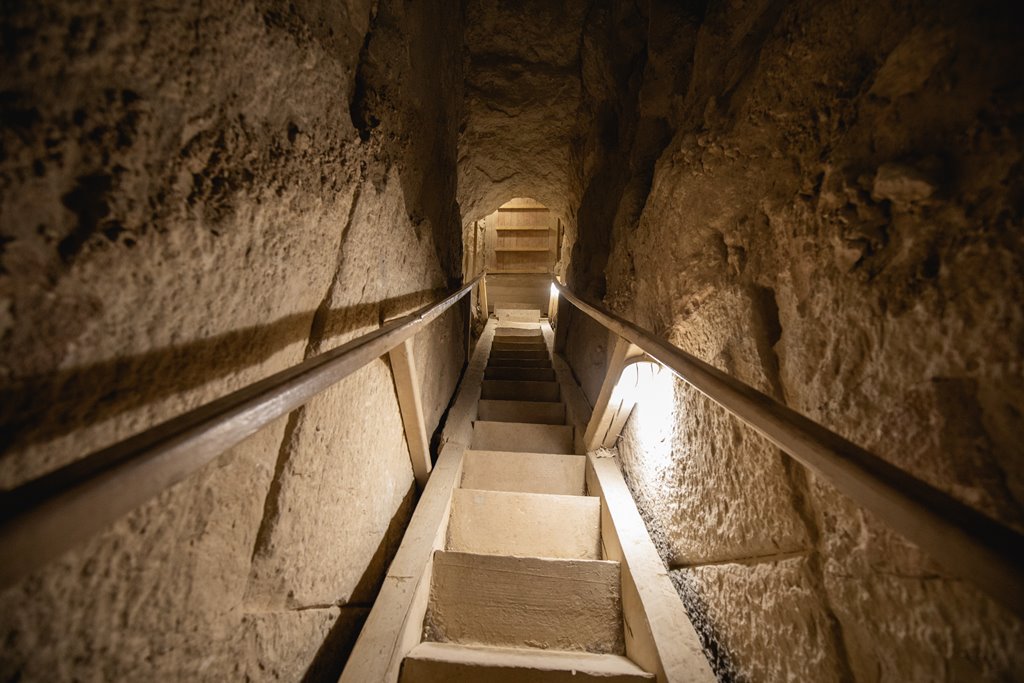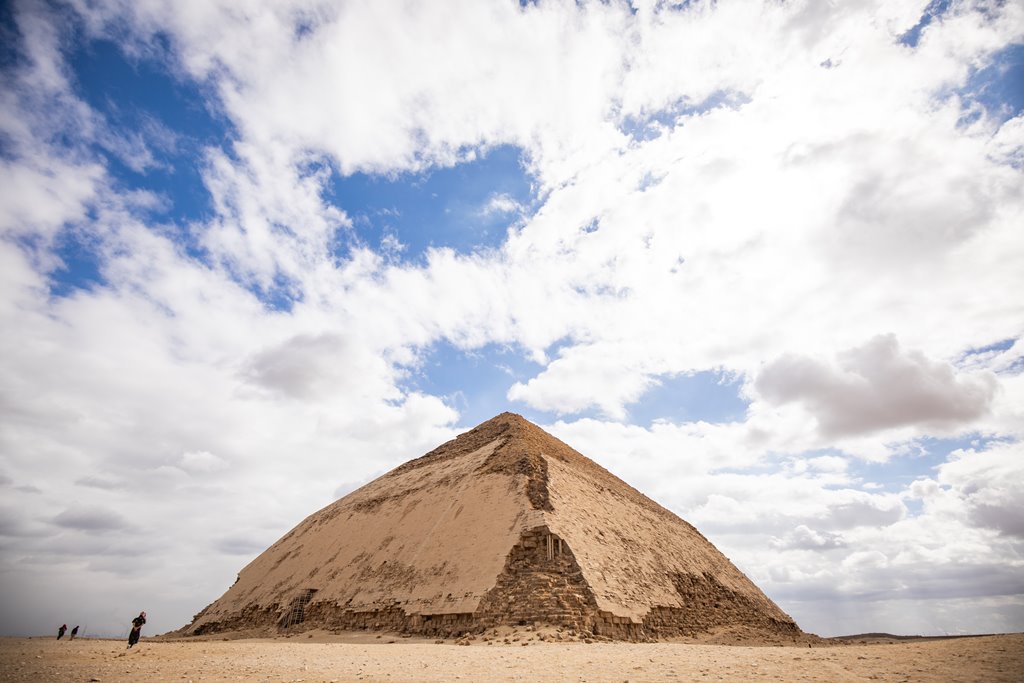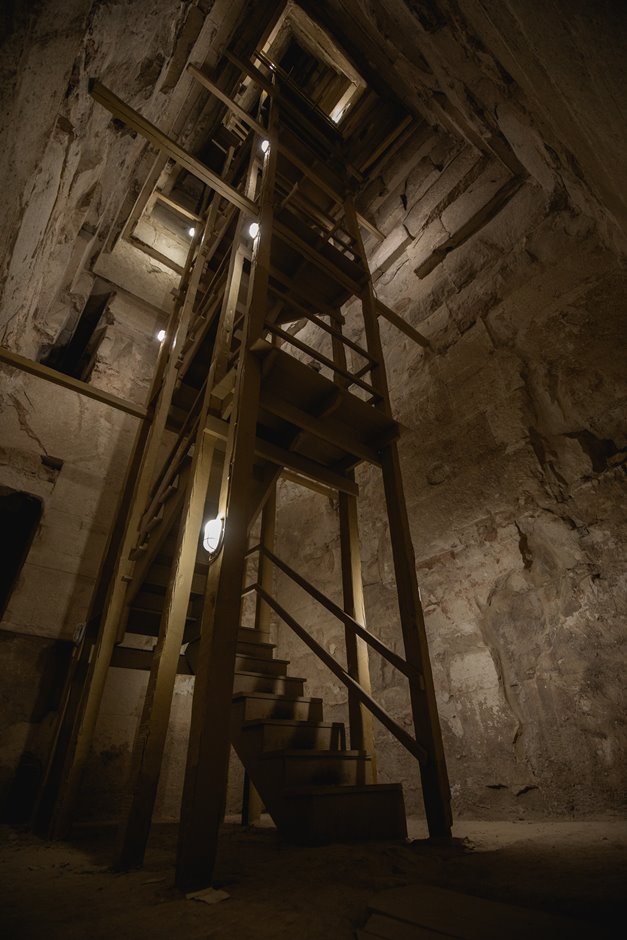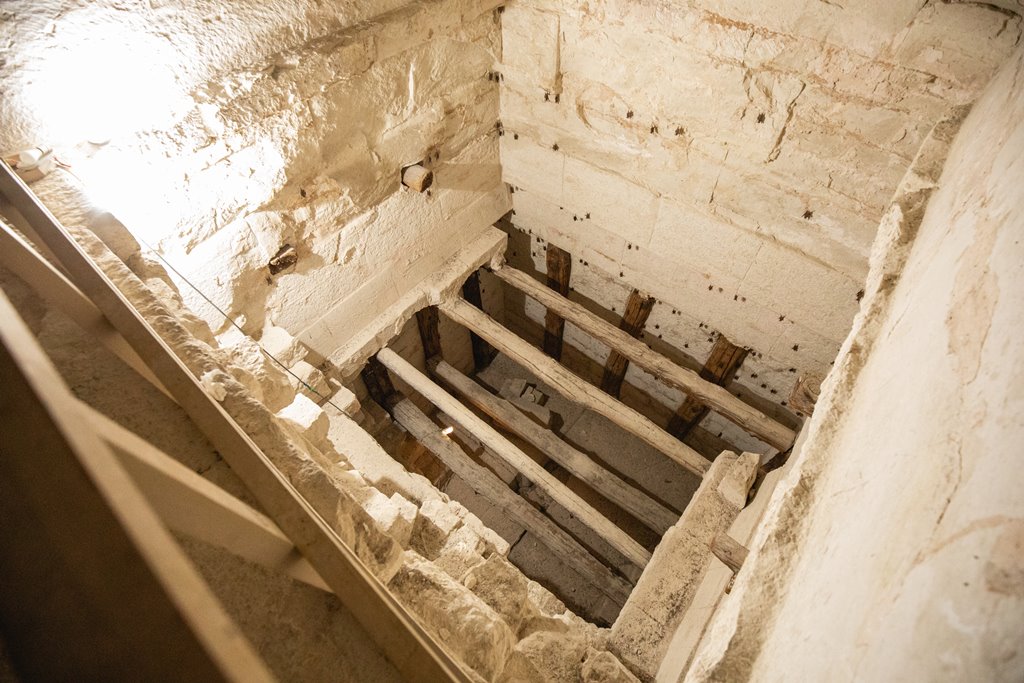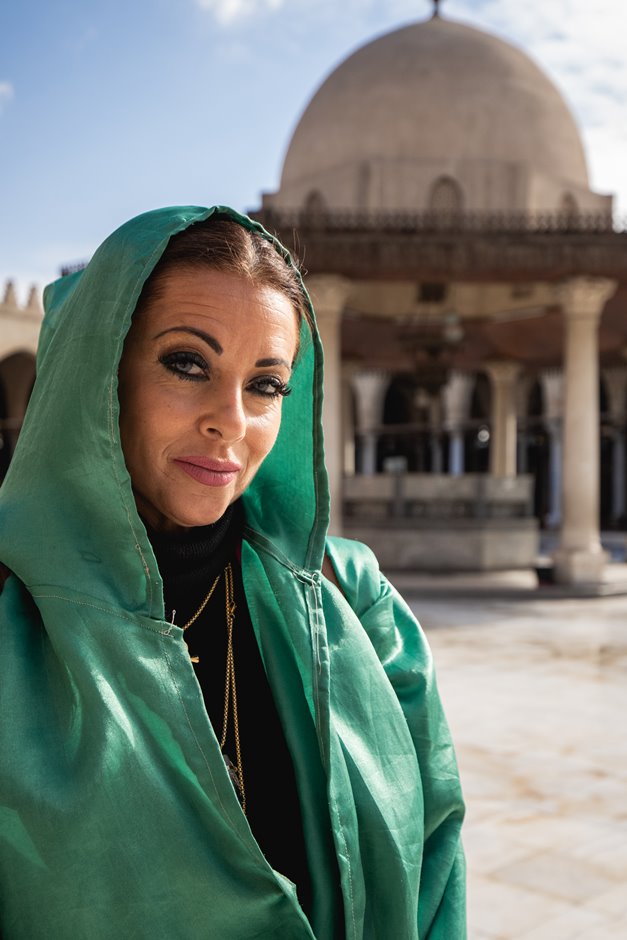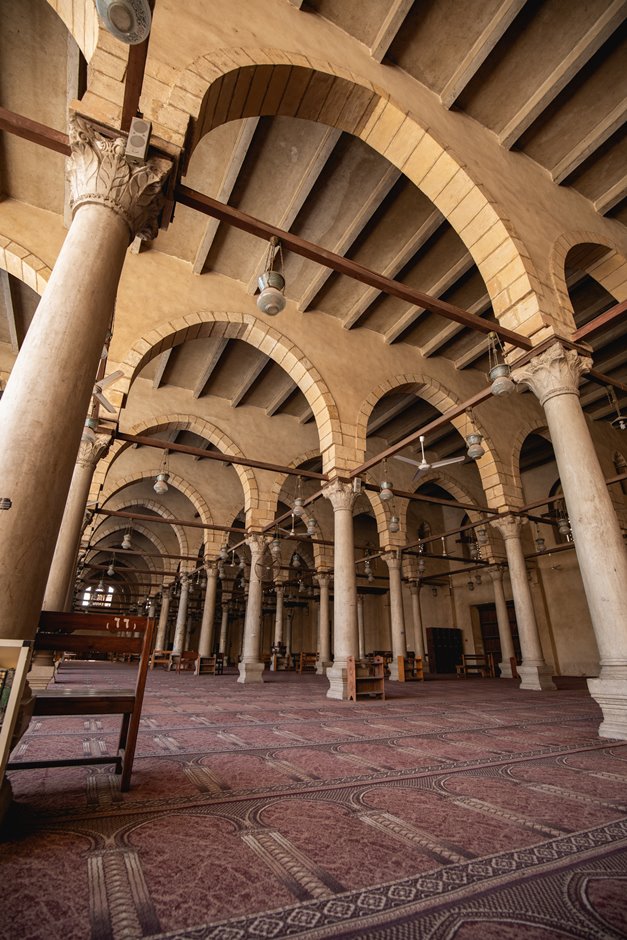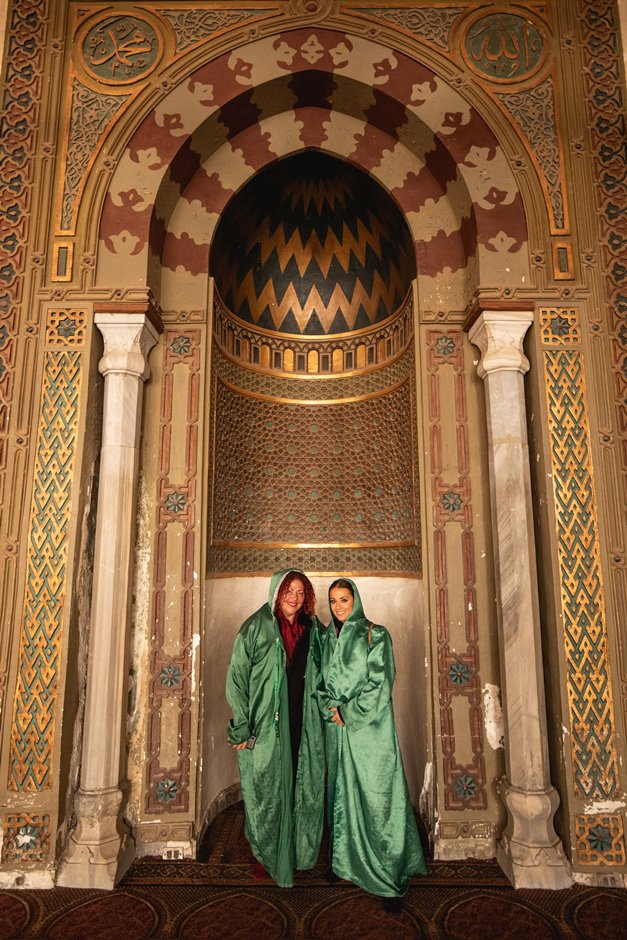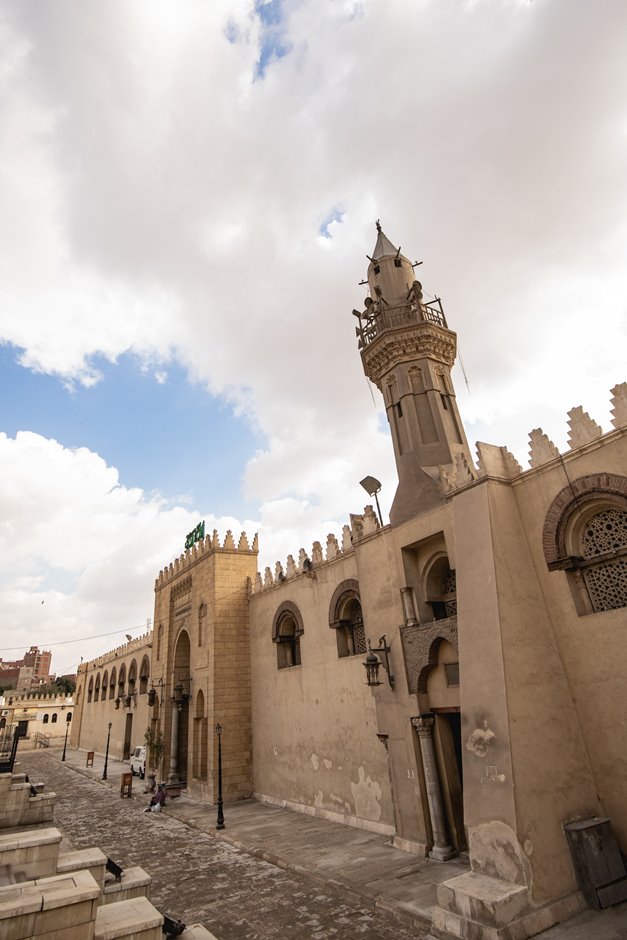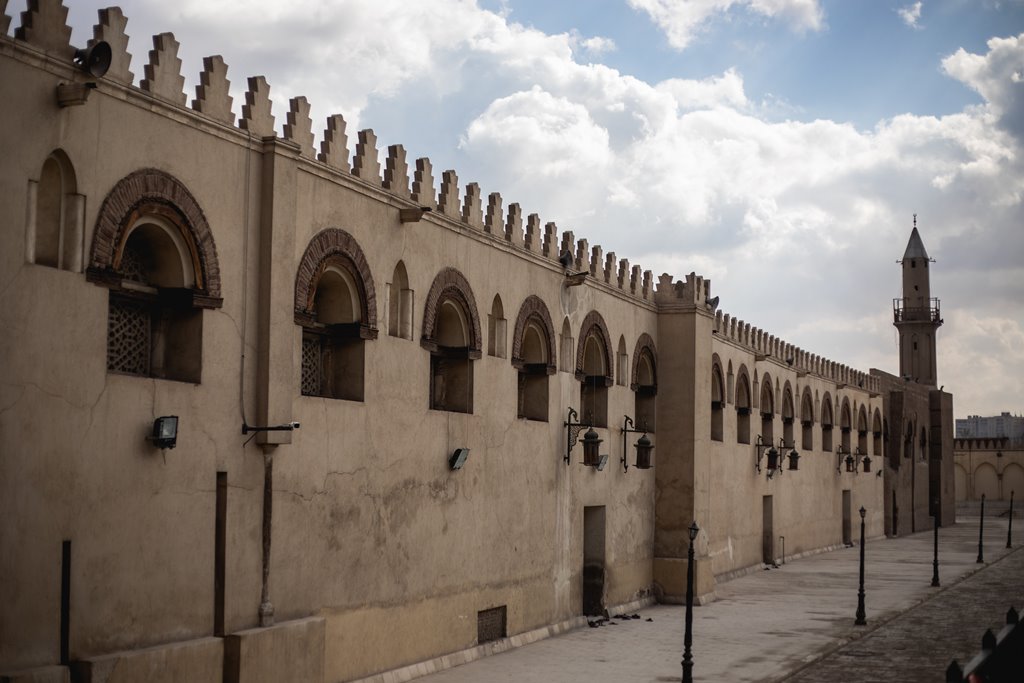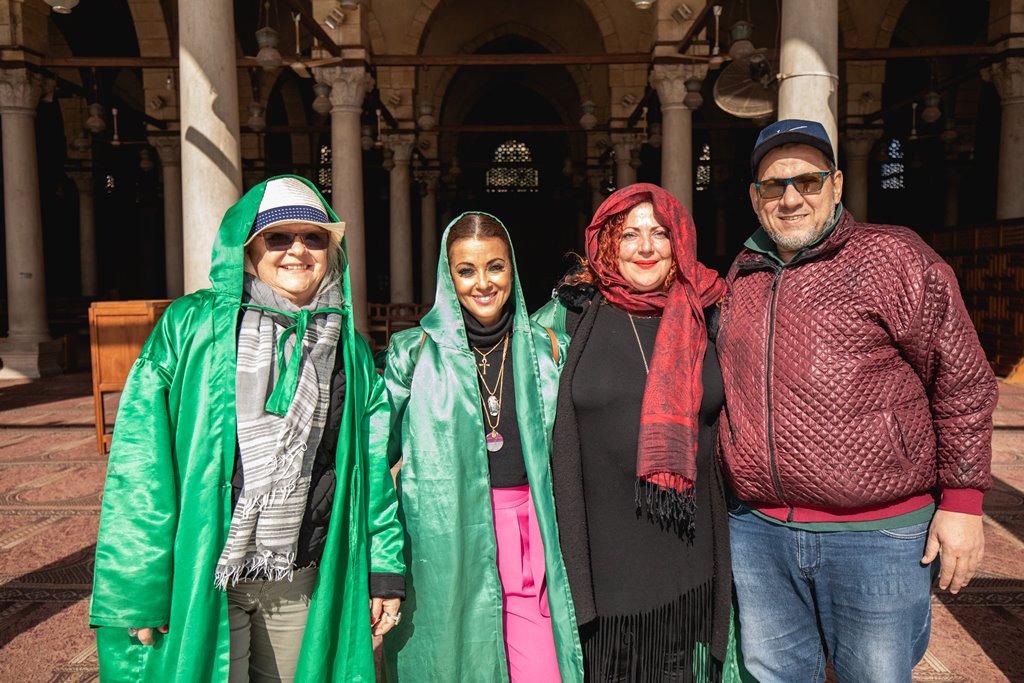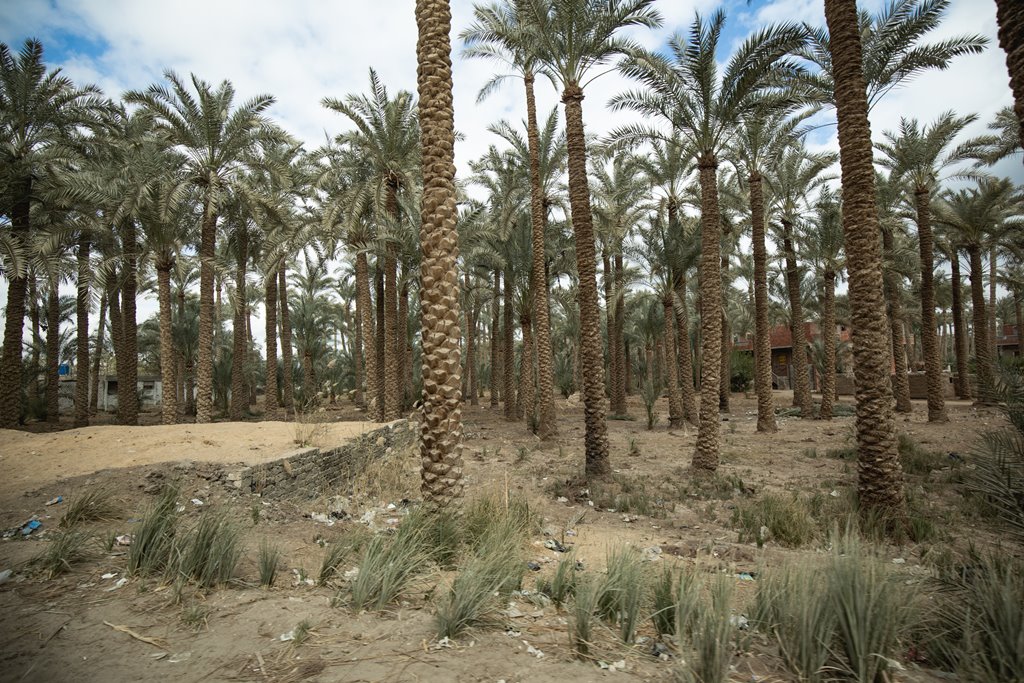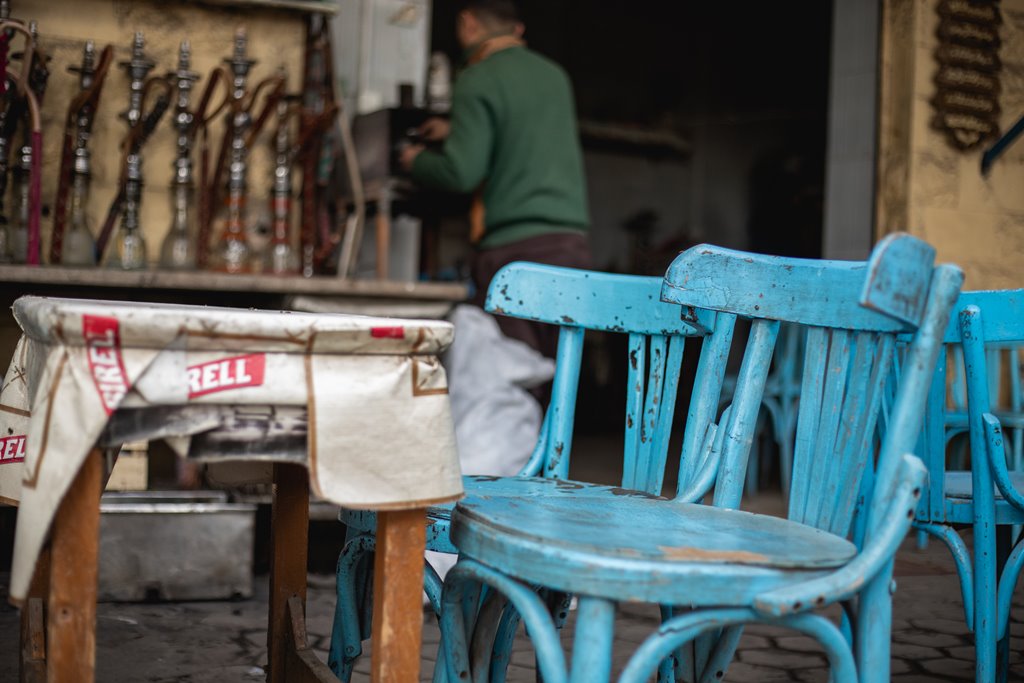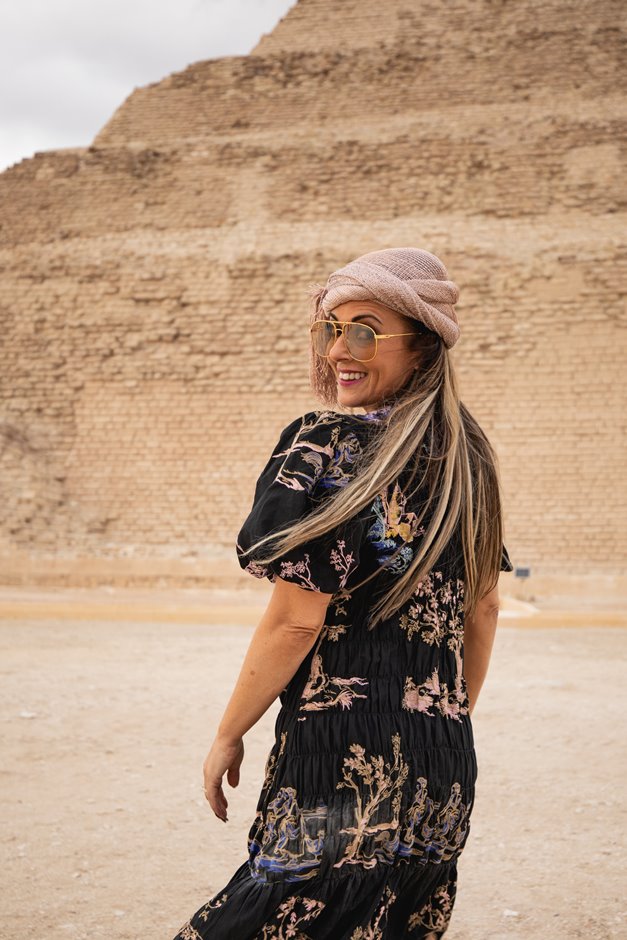Mysterious Black Oversized Sarcophagi, Bent Pyramid, and the magnificent Mosque of Amr Ibn Al Aas
Exploring the real Egypt with Rami’s Insight Tours
The more I explore Egypt and visit, the more my mind boggles trying to theorize the unexplained, the more my heart falls in love with the locals and their contentment, the dusty, sandy floor beneath my feet and there is so much to see and do! No trip will ever suffice to see all the things I’m interested in. During this visit, I got to see more ancient artefacts, more pyramids, more sights and believe me when I tell you, seeing them for yourself in person cannot compare to watching anything on a TV set or documentary. It’s beyond compare!
What are these mysterious black granite sarcophagi discovered in Saqqara?
On the second day of my holiday in Cairo, we went to tour the area of Saqqara where there is a pyramid that is not yet open to the general public and not far from it, 24 not much talked about huge sarcophagi have been discovered in the area they call The Serapeum. The Serapeum of Saqqara has been a continuous source of speculation and mystery since its re-discovery in 1850. Even now, no theory has been able to explain in certainty how or why the 24 giant sarcophagi were transported to this site and precisely installed in their notches. The mainstream theory suggests the site was used for the burial of Apis bulls, but to be honest, and no pun intended, it’s bull***! there are many elements which do not add up with this belief.
For example, the size of the boxes way exceeds the size of the bulls; Why were humungously large coffin made out of granite for bulls? Was it done to provide extra comfort for them? Why not do the same for the pharaohs, who were buried in tiny coffins barely fitting their bodies? Why did they make the Serapeum sarcophagi out of granite and not with limestone, a material much easier to work with? And if Serapeum was the burial site for the Apis bulls, where all the bull mummies? Hmm, there is too much that is not adding up here.
How were these huge pieces brought here. It takes 300 men to carry one and in these tiny spaces, barely 10 men can stand in the slots to the sides. There are many theories and mine is very far fetched. I believe they were transported here with some special teleportation method, carrying very large beings or entities thousands of years ago in kind of like a time travel technology, which we are not currently aware of. But who came in with them or who left from them to the other point of transportation. That s my theory. What’s yours?
They are oversized and weigh about 80 tonnes each!
These sarcophagi were nowhere near human scale, as to reach the top one has to climb a ladder of at least eight full steps; I checked it myself. In addition each sarcophagus, carved from a single block of granite, measures 4m long, 2.30m wide and 3m30 tall and weighs about 80 tonnes, proof of a remarkable feat of technology.
These huge sarcophagi are therefore supposed to have been containers for the mummified bodies of bulls that in real life would not have been much more than 1m 60 high over all and would have weighed as an adult about a tonne at the most. The least one can say is that these granite sarcophagi were oversized compared to their supposed content. Strange, isn’t it? I will come back to this. We are also told that the granite sarcophagi are empty Supposedly their contents were looted in antiquity. They were found in 1850 as they are now, that is to say empty, with no signs of any mummified bulls – keep that in mind.
Furthermore, the excavations found in other galleries, dating from Ramses II (1279-1212 BC, 19th dynasty) and thus even olderdid in fact contain 28 Apis mummies, but in small caves and in wooden sarcophagi that matched the actual size of a mummified bull. Moreover, the bull mummies were always embalmed in the kneeling position like sphinxes, which took up even less space.
We are faced with a place that speaks of resurrection, ascension and eternity, and one that is hiding more than a few secrets in my opinion. To help you understand even better the interest certain people have taken in this place, let me tell you that Mariette’s the explorer’s first reports – the detailed discovery of each sarcophagus, each grave, each new underground passage, all through several years – have completely disappeared. This again will not surprise you if you’ve been following Egypts discoveries through the decades. Everything significant on the Giza plateau tends either to disappear, or if it can’t be moved, it is to be closed to the public. Why? Enlighten me.
For several years, this place was closed to the public and you needed a special permit to enter. Now you can visit and through my article and perhaps your own visit to this site, you can judge for yourself!
The Bent Pyramid or Sneferu’s First Pyramid
This was my first time visiting the BENT PYRAMID because it has been opened for the public in August 2019.
It was cool to hear that archeologist, author and ancient civilization guru Graham Hancock was out here a few months ago filming for a documentary in the US!
Fantastic to be back in Egypt again making a 10-part TV series for Gaia in the US. I'm standing outside the "Bent Pyramid" at Dashur. We got inside this most unusual Old Kingdom pyramid today. Incredible, gargantuan powerful place. So many mysteries to explore here! pic.twitter.com/1wRnjMV0ko
— Graham Hancock (@Graham__Hancock) August 24, 2019
What’s so special about this pyramid? At first glance, you notice that a few metres up from the base, the pyramid’s build turns inwards, almost as if the builiders noticed that they were off course and shifted the angle. There is a strong theory that suggests that the angle was reduced when Sneferu realised that his pyramid at the meidumwas already beginning to collapse and decided that this was because the angle was too steep.
This was the first pyramid to be built at Dashur. The lower courses of the pyramid were built at an angle of 54 to 55 degrees, but the upper courses at a lower angle of 43 degrees, giving it the unique shape which has led to its modern name.
It is thought that it was built in three discrete stages. First the structure was intended to have a slope of nearly 60 degrees. This was reduced to 55 degrees and the base was enlarged. Finally, when the pyramid was almost forty-five meters high, the slope was reduced again to forty-five degrees. There are two main theories regarding the change in angle of the slope of the pyramid.
I entered inside it which took quite a lot of squatting down low steps and climbing up several spiral staircase ladders and enjoyed the experience inside the chambers as many of you saw on my Instagram stories!
A visit to Mosque of Amr Ibn Al Aas – the first mosque erected in Egypt
Last but not least, this visit was a completely different one – a treat to experience religion and culture. Built-in 642 AD this mosque was the first mosque erected in Egypt and all Africa. The location of the mosque was determined by the general of the Muslim Army Amr Ibn Al-‘As who had pitched his tent at that very same place when he conquered the land. The capital of Islamic Egypt Al-Fustat was then built around this spot. There are approximately 200 columns in the mosque taken from different sites, and the wide and quiet spaces offer a sanctuary from the bustle of Cairo. The mosque of Amr Ibn Al ‘As is part of what is commonly known today as the “Multi-Religious Compound” in Cairo, an area that is home to very old places of worship pertaining to the three monotheistic religions: Islam, Christianity, and Judaism. We stopped for a few minutes to say prayers in the mosque, wearing a green cape to cover our hair and shoulders.
Who was Amr Ibn Al-Aas?
Amr Ibn Al-Aas is regarded as one of the most important figures in the history of Egypt because he introduced Islam to Egypt. He founded a new city just north of the Roman fort of Babylon called Fustat. Today, the Mosque of Amr Ibn Al-Aas still marks the site of this city. The structure has been renovated several times and none of the original structure remains today, but it is still the site of the oldest mosque in Egypt and the entire continent of Africa.
After this visit, we were treated to a coffee stop at one of the best local spots in the area. This time I took their local coffee with milk as opposed to black and I enjoyed it so much more. This is the way I like my Egyptian coffee now. Thank you Rami for always giving us new tips to enjoy Egypt more and more!
Attractions near Mosque of Amr Ibn El-Aas:
•(0.30 mi) Coptic Cairo
•(0.38 mi) Hanging Church (El Muallaqa, Sitt Mariam, St Mary)
•(0.29 mi) Church of St Sergius and Bacchus
•(0.33 mi) The Coptic Museum
•(0.31 mi) Greek Orthodox Church of St. George (Mari Girgis)
To conclude my third BLOG from my adventurous trip to Egypt, I can’t stop but think “Wouldn’t it have been amazing to have lived in the time of this advanced civilisation , and now all we have is I phones and TV, and we think we are advanced “- think again and rethink the unthinkable! Haha
Look forward to share my next blog about other wonderful sites or interest and entertainment.Oh by the way, I am planning another visit to Egypt in October with Rami’s Insight Tours also combining some entertainment from myself, some yoga lessons by Maltese Mystic Yogi – so if anyone wishes to join end of October, contact me for the exact travel dates! It will be fun and interesting and the numbers are very limited!
Xxx
Grazielle
Previous blog from Egypt – Tour to Egypt Feb 2020 part 1


